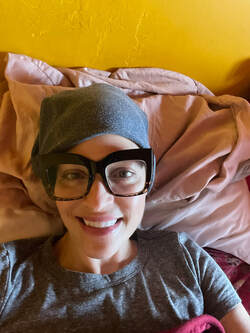
A year and a half ago I had my right knee replacement surgery and shared the experience and recovery for some weeks following. first surgery On May 24 of this year, I had the left knee replaced. The second knee surgery was not as breezy as I had expected. Within 4 weeks of the first knee surgery, I had full mobility, although with pain. This time, the epidural didn't wear off for a whole day and night, and I was numb from the waist down.
The recovery room was very busy all day and evening, with patients being wheeled in and out. Finally, around 8 pm, they touched my legs and asked if I felt anything yet. Still, nothing. Basically, I was a paraplegic for a while. The lights were low in the recovery room, as I was the only on left. I arrived for surgery at 6 am. The doctors decided I should stay overnight. The blessing for me was that I was not feeling any pain like the other patients who had the same surgery that day due to lasting numbness.
The next day around 2 pm, my feeling was mostly back in the lower part of my body. A physical therapist arrived to teach me how to sit up, stand, walk with a walker, and climb stairs. As we slowly sat up and put my legs down over the side of the bed, I felt a wave of nausea and began to sweat as if stuck in a rain storm. I also felt light headed and the room was spinning. Immediately the physical therapist took my blood pressure and it was 60 over 30. I was told to lie back down immediately. We were unable to do any tasks, as I was about to faint.
Blood was taken, and a rotation doctor came in to check my vitals. She said that my hemoglobin was very low and my iron was low. My blood pressure was low enough to be dangerous. They asked permission to give me blood transfusions if needed. Of course I said, "Yes!" I laid low and drank delicious beef broth, slept most of the afternoon, and had lots of IV medications. Once the epidural wore off, the pain level was off the charts. I cried like a tiger with a splinter in her paw.
Stay tuned for Part 2, next week!
Sincerely,
KJ Landis




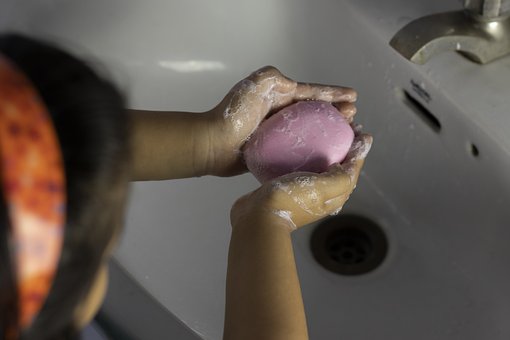


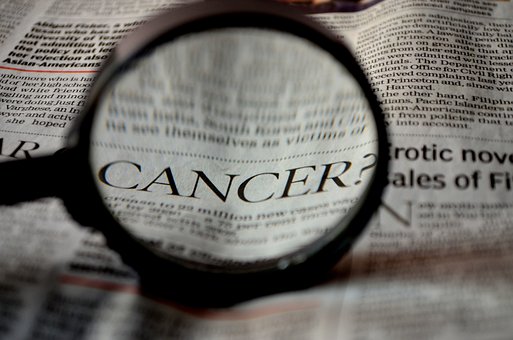
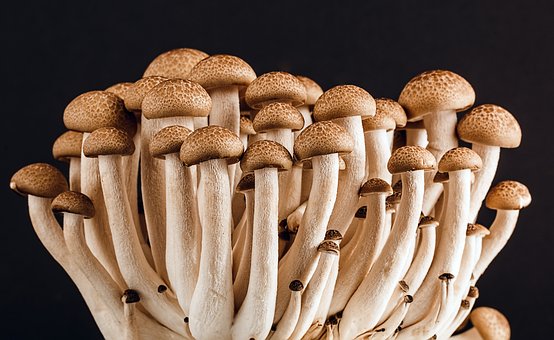



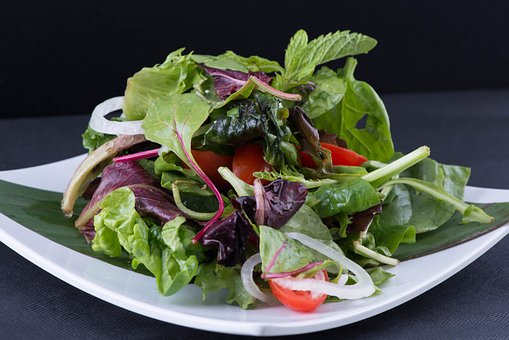

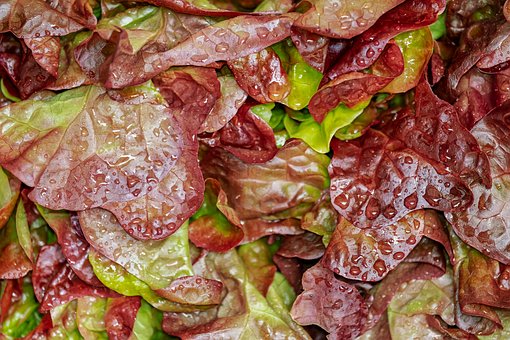
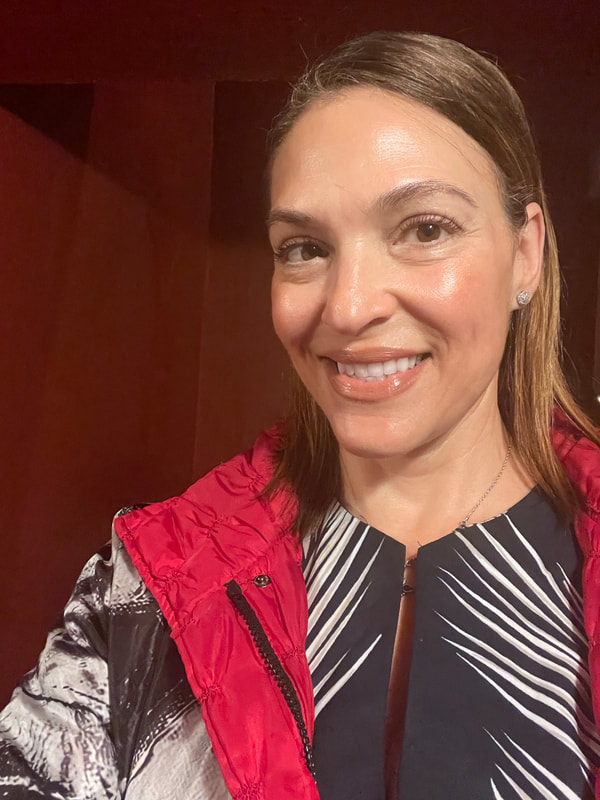

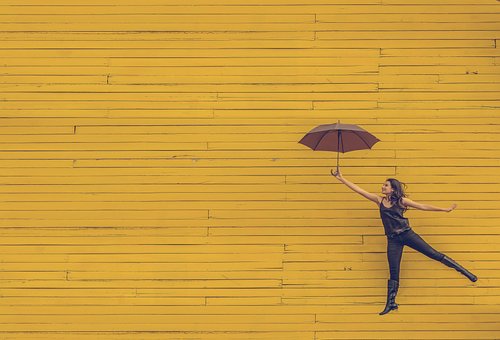
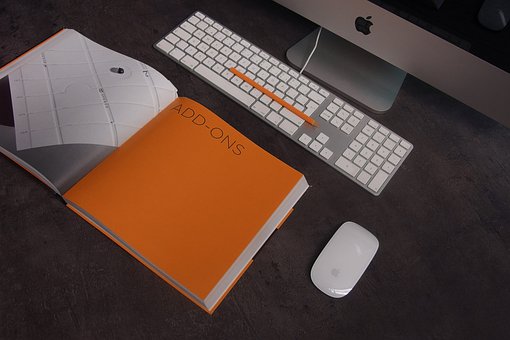
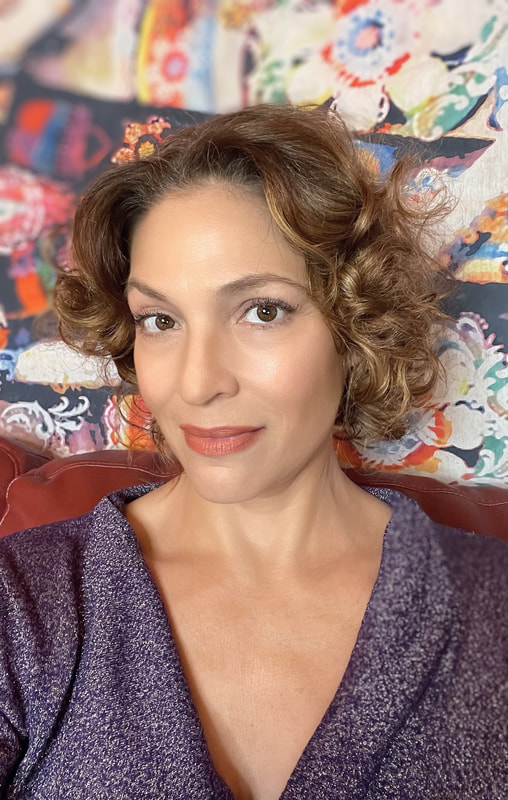
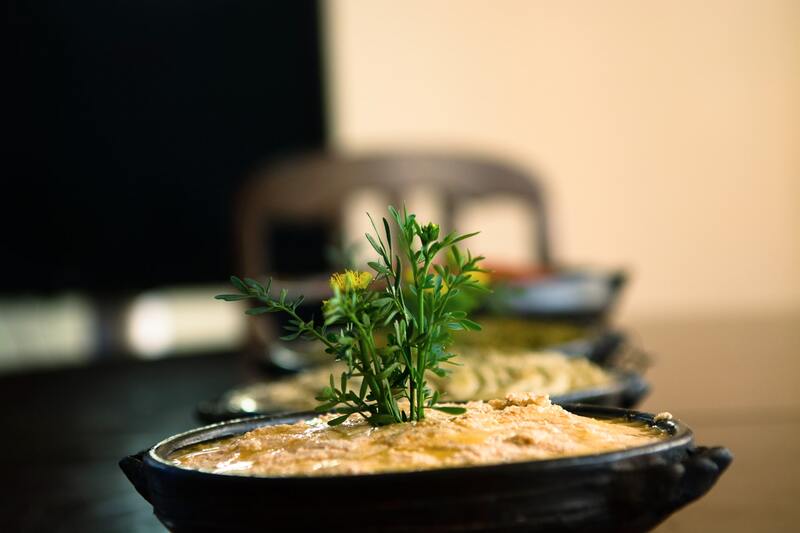
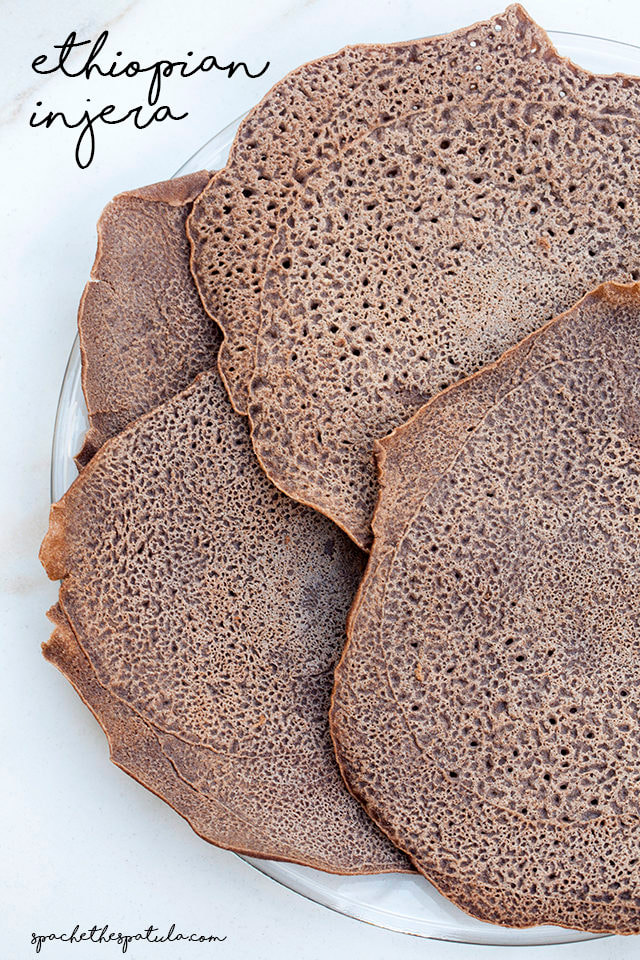
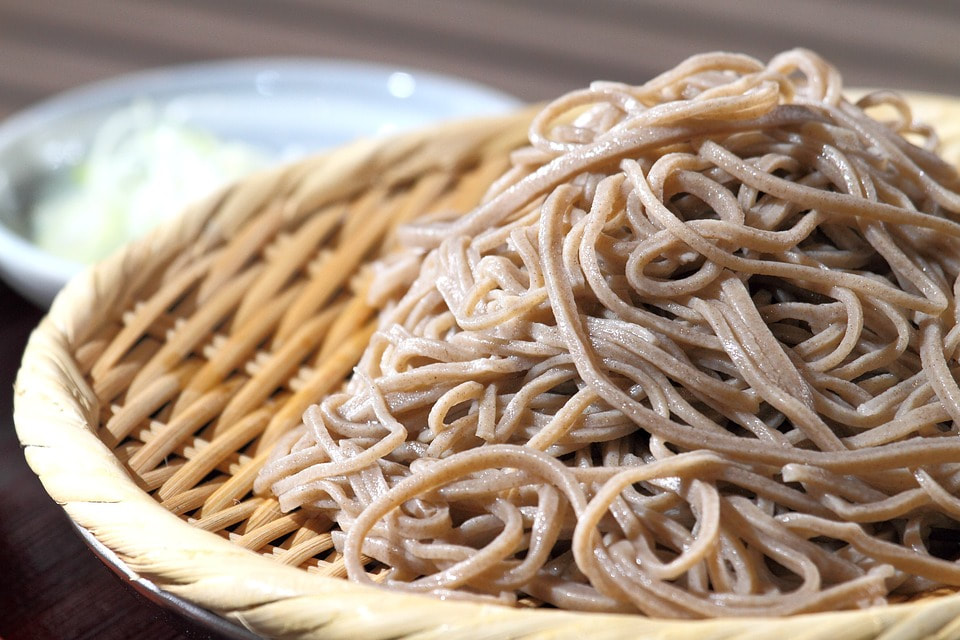
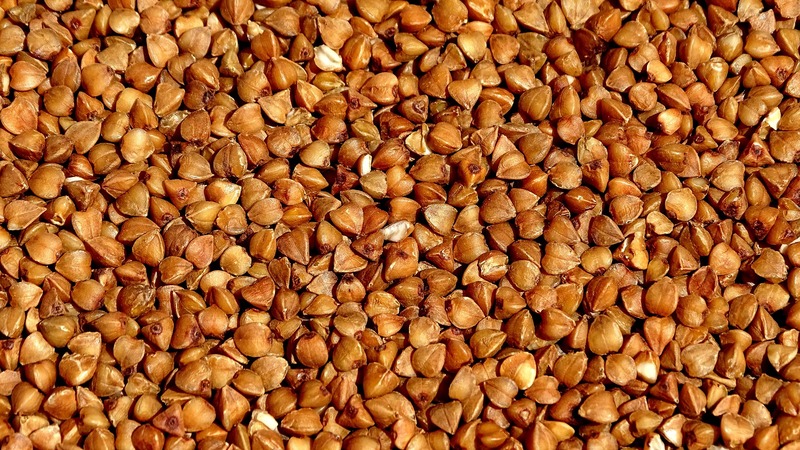

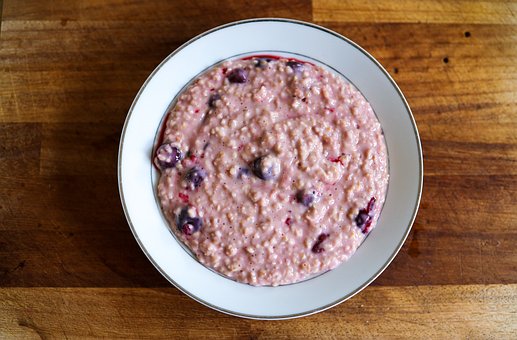

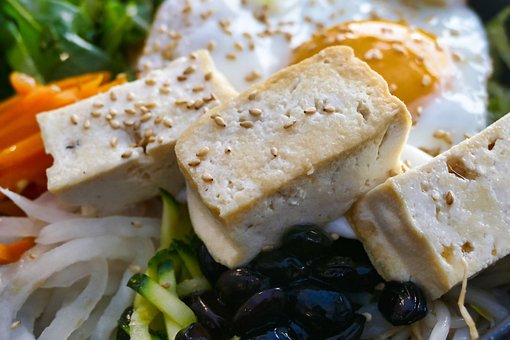

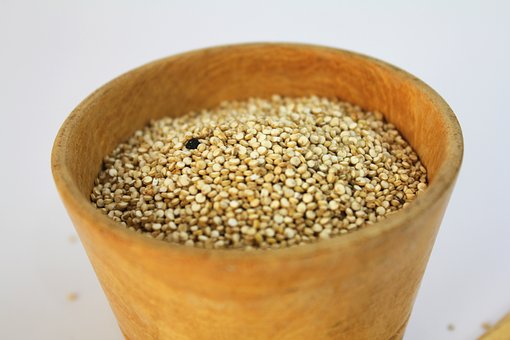

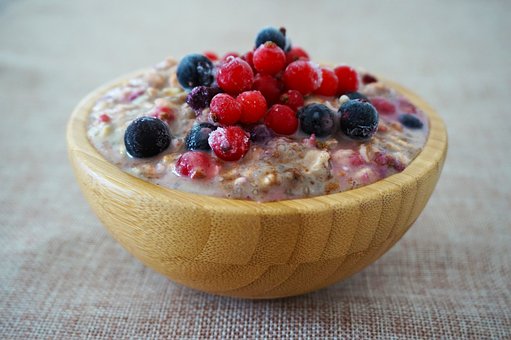
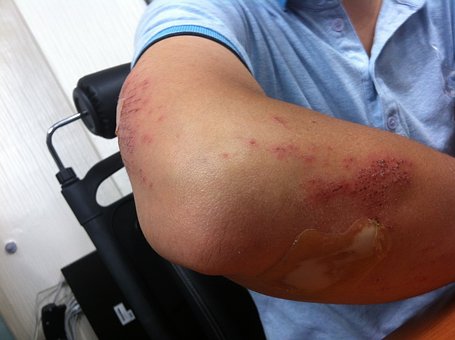
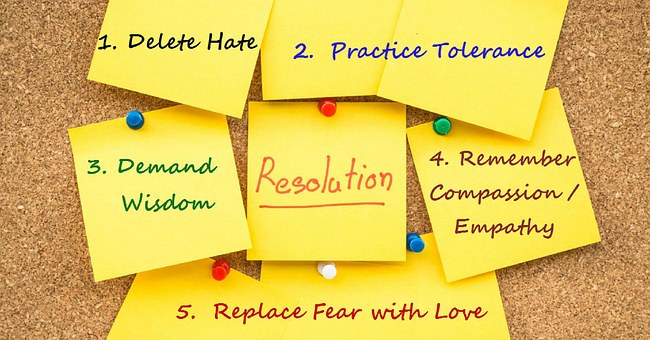
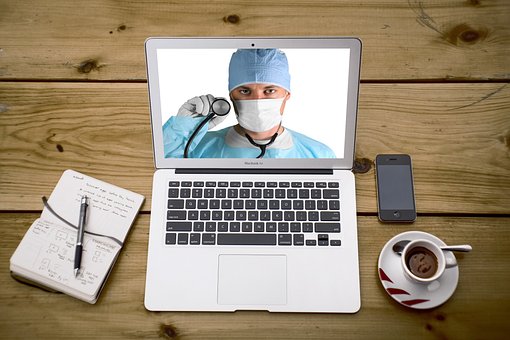
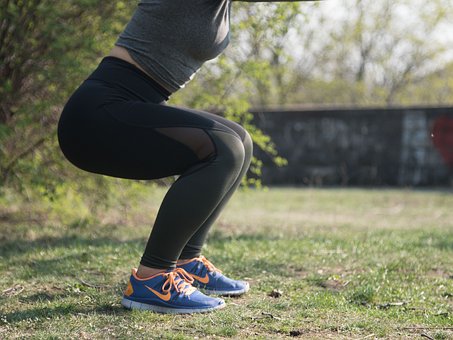
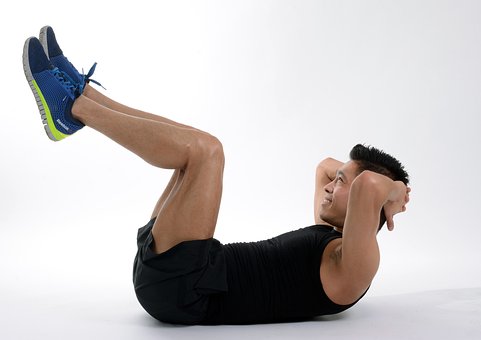
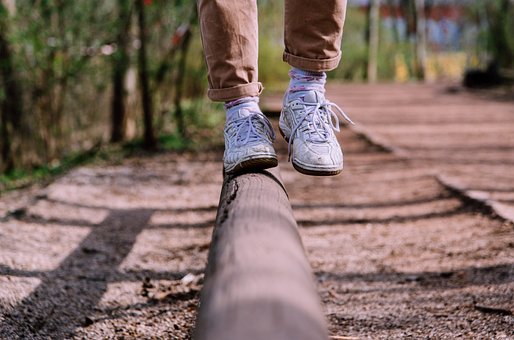

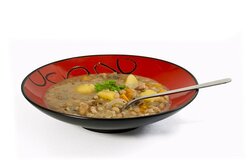

 RSS Feed
RSS Feed